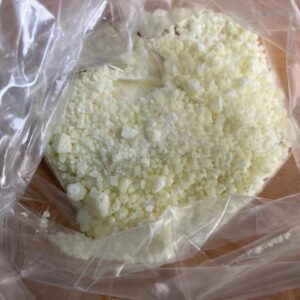Weed spice, often referred to simply as “Spice” or “synthetic marijuana,” is a psychoactive substance designed to mimic the effects of natural cannabis. Unlike traditional marijuana, which contains the naturally occurring cannabinoid THC, Spice is composed of synthetic chemicals sprayed onto plant material. These chemicals are created in laboratories and can vary widely in potency and effect, making the substance highly unpredictable and potentially dangerous.
Origins and Popularity
Spice first emerged in the early 2000s, marketed as a “legal high” and often sold under various brand names such as K2, Black Mamba, or Scooby Snax. Its initial appeal lay in its accessibility—it could be purchased legally in stores or online without the same restrictions as cannabis. Over time, however, governments worldwide recognized its risks and many synthetic cannabinoids are now illegal in multiple countries.
Effects on the Body and Mind
The effects of weed spice can mimic those of cannabis, including euphoria, relaxation, and altered perception. However, the synthetic compounds used in Spice often bind more strongly to cannabinoid receptors in the brain, resulting in more intense and unpredictable effects. Users may experience:
- Rapid heart rate
- Anxiety, paranoia, or hallucinations
- Nausea and vomiting
- Aggressive or erratic behavior
- Seizures or loss of consciousness in severe cases
Unlike natural cannabis, the chemicals in Spice can have long-lasting negative effects on the cardiovascular system and mental health, and cases of overdose have been reported.
Health Risks and Safety Concerns
One of the biggest dangers of Spice is its unpredictability. Because the chemical composition can vary from batch to batch, users cannot know exactly what they are consuming or how it will affect them. Long-term use may lead to addiction, cognitive impairment, and persistent mental health issues such as depression and psychosis.
Emergency room visits linked to synthetic cannabinoid use have increased over the years, highlighting the risks of even casual use. Pregnant women, people with heart conditions, and those with a history of mental health disorders are particularly vulnerable.
Legal Status and Regulation
Most countries now classify synthetic cannabinoids as controlled substances. Law enforcement agencies have actively removed Spice products from stores, but the rapid development of new chemical variants continues to challenge regulation. Despite being illegal, Spice remains accessible through online markets and black-market sales.
Conclusion
Weed spice is a highly potent and unpredictable substance that carries serious health risks. Unlike natural cannabis, its synthetic chemicals can produce severe and potentially life-threatening effects. Awareness, education, and caution are crucial for anyone who may encounter this substance. Individuals seeking a safe experience with cannabis should stick to regulated, natural products where potency and safety can be monitored.
